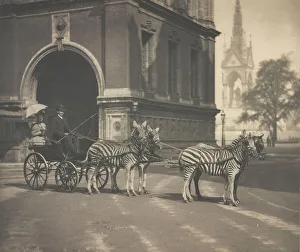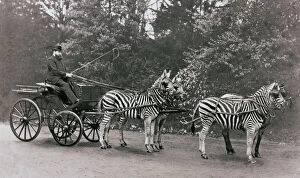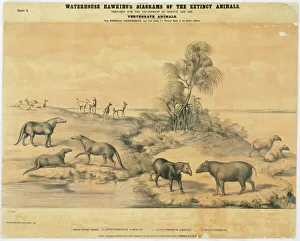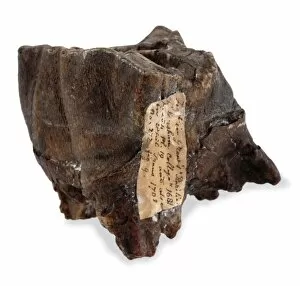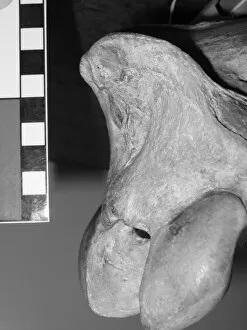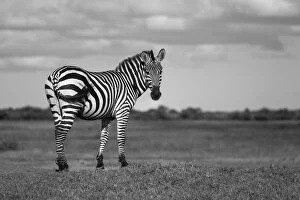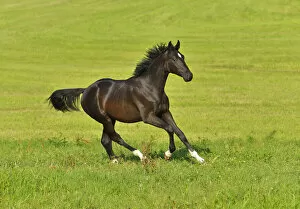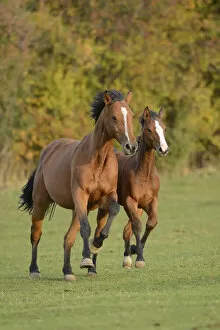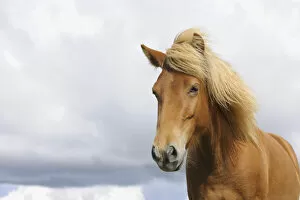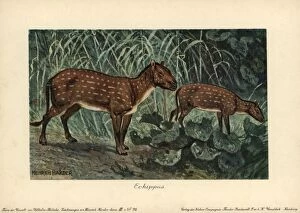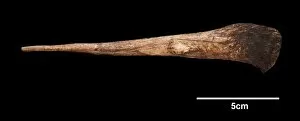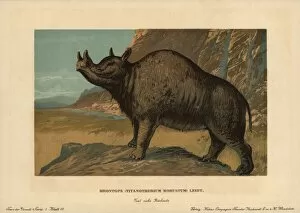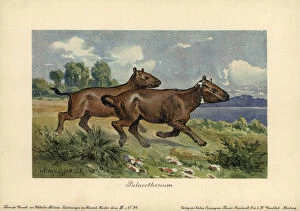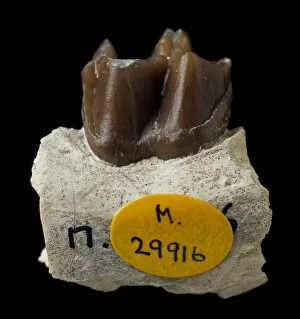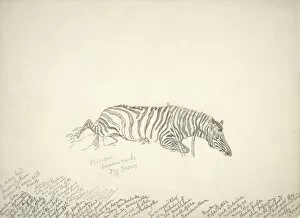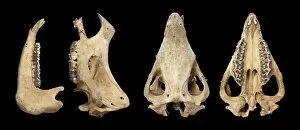Perissodactyl Collection
Perissodactyls, the majestic creatures of the past, have left their mark on history and captivated our imaginations
All Professionally Made to Order for Quick Shipping
Perissodactyls, the majestic creatures of the past, have left their mark on history and captivated our imaginations. Lord Walter Rothschild, a renowned zoologist and collector, was fascinated by these enigmatic beings. In his pursuit of knowledge, he embarked on a journey to capture their essence. One such adventure led him to a zebra-drawn trap meticulously designed by Lord Lionel Walter Rothschild himself. This ingenious contraption aimed to study the behavior of zebras in captivity. The trap became an emblem of his dedication to understanding perissodactyls. Lord Rothschild's passion extended beyond zebras; he also delved into the world of ancient species like Anoplotherium commune and gracile as well as Palaeotherium. These primitive horse-like creatures offered glimpses into our evolutionary past. Nathan Natty, 1st Baron Rothschild's legacy lives on through his contributions to perissodactyl research. His groundbreaking work with Hyracotherium or Eohippus shed light on the dawn horse - a pivotal moment in understanding equine evolution. The significance of perissodactyls is not limited to horses alone; it encompasses other magnificent creatures like Ceratotherium simum, commonly known as the white rhinoceros. Their sheer size and strength make them an awe-inspiring sight in nature's tapestry. Even artifacts from ancient civilizations bear witness to humanity's fascination with these animals. A reindeer antler from Neschers intricately carved with a horse-head engraving showcases our enduring connection with perissodactyls throughout time. Rhinoceros unicornis, better known as the Indian Rhinoceros, stands tall among its peers in terms of uniqueness and rarity. Its single horn has sparked legends and myths that continue to captivate us today. Brontops robustus represents an extinct genus resembling rhinoceros-like creatures.

